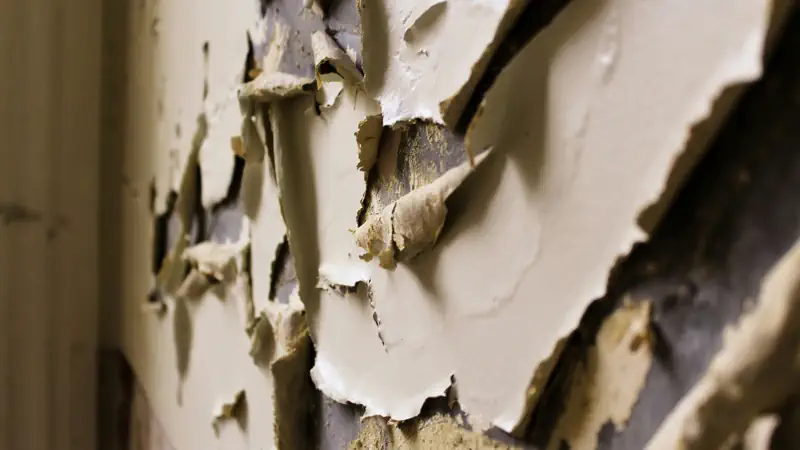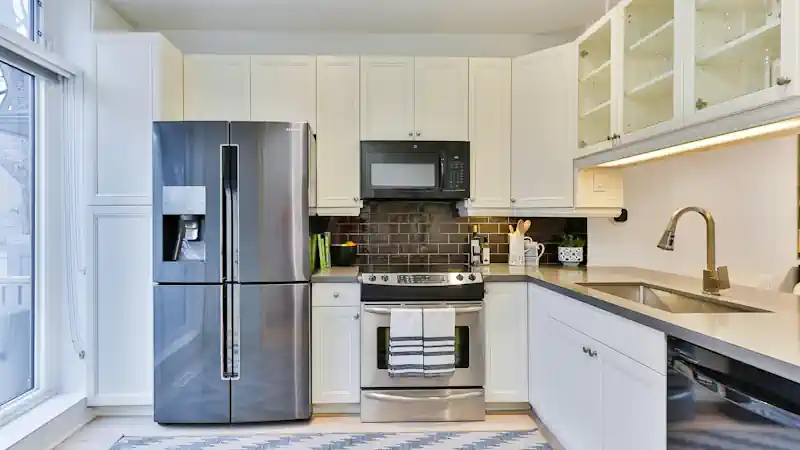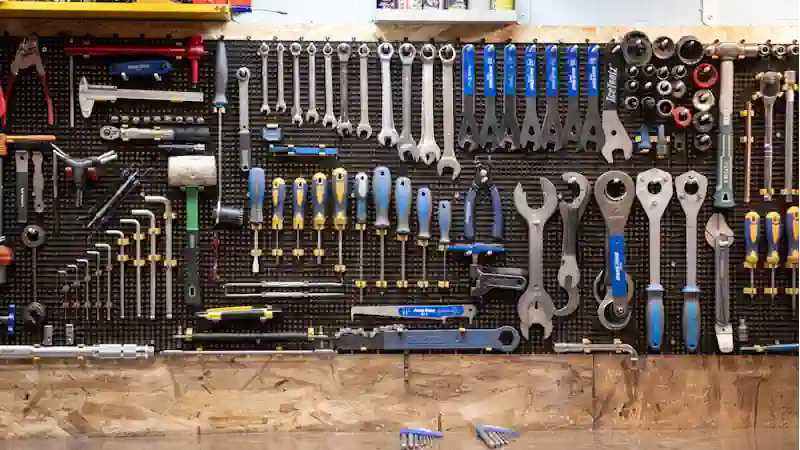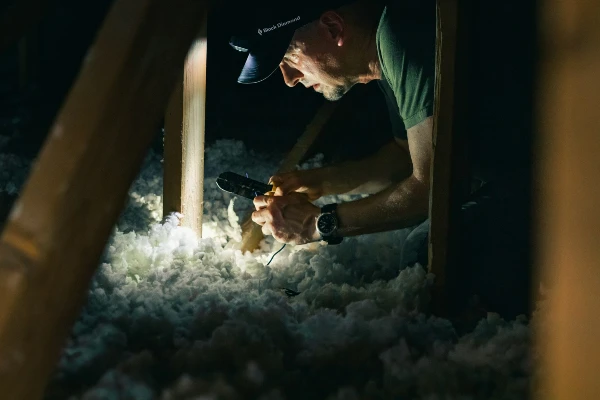Disclosure: This post may contain affiliate links, meaning we get a commission if you decide to make a purchase through our links, at no cost to you. Please read our disclosure for more info.
Putting off home upkeep may not sound like a big deal. However, even minor issues can eventually grow into significant, costly burdens down the road. According to the Pennsylvania Association of Realtors, many homeowners in the U.S. are neglecting important home maintenance tasks.
The findings show that 29% of them don’t conduct regular home inspections, and 52% haven’t checked their homes at all. For those who do keep up with maintenance, the majority (22%) only do it twice a year.
Maintaining routine inspections and taking swift action to resolve problems can significantly impact the overall safety and value of your house. The maintenance mistakes highlighted in this article may eventually lead to costly repairs. Remember, taking preventative measures now is unquestionably more economical than having to deal with major repairs later.
In This Post:
#1: Overlooking Foundation Cracks
Neglecting foundation cracks is a serious oversight that can quietly jeopardize the safety of your home. As stated in Fine Magazine, it’s critical to understand the severity of foundation fissures. Issues with the foundation are frequently ignored at first, as the tiny cracks may appear innocuous.
Even the minor signs can hint at larger structural problems that could eventually impact your property’s stability, appearance, and long-term value. If you ignore them, the situation can escalate, leading to uneven floors, misaligned doors and windows, and expensive repairs later on.
Beyond the visible flaws, there may be some underlying issues. It can lead to mold, pests, and even unsafe living conditions. Regularly checking your foundation and taking preventive measures is far more cost-effective than facing major reconstruction subsequently. A bit of care today can save you a hefty bill tomorrow.
#2: Neglecting Roof Damage
One of the costliest mistakes a homeowner can make is to ignore roof damage. Think of your roof as your home’s first defense against the weather. Yet, many people tend to overlook issues like leaks, cracked shingles, or general wear and tear. Keeping an eye on these issues is crucial. Even details like soffit, the bottom part of the roof’s overhang, deserve attention.
According to Belco Forest Products, a durable material should be a priority when installing outdoor elements, such as soffit and fascia boards. For instance, natural pine wood is long-lasting and attractive.
As these components get exposed to the weather, damage is inevitable. If you let damage linger without addressing it, things can escalate fast. You might end up with unsightly stains on your ceiling, weakened structures, or even the need for a complete roof replacement. These projects will cost you a lot more than if you had acted sooner.
#3: Undermining Electrical Issues
For homeowners, ignoring electrical problems is a common oversight that may be dangerous and expensive. According to ESFI, arcing faults ignite over 28,000 home fires every year in the United States. It has led to hundreds of injuries and fatalities, along with more than $700 million in property damage. It’s worth noting that electrical distribution systems rank as the third leading cause of fires in residential structures.
The flickering lights, pesky tripped breakers, or strange burning smells might seem like regular annoyances, but they can actually point to more serious electrical problems. If you ignore these signs, you could be putting your home at risk for power outages or, even worse, electrical fires.
Electrical systems naturally wear out over time, and if your wiring is outdated, it might struggle to keep up with today’s energy needs. Making electrical repair the highest priority will improve safety and save you a lot of money and concern in the future.
#4: Skipping HVAC Inspections
Although skipping HVAC inspections might seem like a small error, there could be significant repercussions afterwards. NADCA emphasizes that your HVAC system plays a crucial role in maintaining a comfortable and healthy indoor environment. Unfortunately, many homeowners tend to overlook it until an issue arises.
Frequent maintenance increases system longevity, improves energy economy, and prevents costly malfunctions. Conversely, you run the risk of clogged filters, filthy coils, and parts that wear out sooner than they should if you disregard routine maintenance. This kind of neglect raises your energy costs, decreases efficiency, and increases the chance of unforeseen failures.
An unexpected HVAC failure can be a real hassle and hit your wallet hard, particularly during the sweltering or freezing days. If you don’t keep up with maintenance, you might also find that your indoor air quality suffers, with allergens and dust making themselves at home. However, investing a little money in upkeep now can save you a lot of money on repairs or replacements later.
#5: Postponing Plumbing Repairs
At first, delaying plumbing repairs may not seem like a risk, but it can lead to expensive and hazardous problems. A tiny leak, a dripping faucet, or a slow drain often hints at a bigger problem lurking in your plumbing system.
You run the risk of water seeping into your walls or flooring if you ignore these warning signs. Leakage might harm insulation, drywall, and wood sooner or later. As time goes on, these problems can foster mold growth, which is both costly to eliminate and detrimental to your health.
A minor problem can quickly escalate into a full-blown emergency if not addressed promptly. Regular inspections and timely repairs are crucial to maintaining the smooth and dependable operation of your home’s plumbing. You can avoid headaches tomorrow by taking a little care of yourself today.
FAQs
What Is Routine Home Maintenance?
Routine home maintenance involves regularly checking and maintaining essential parts of your house, such as HVAC filters, gutters, plumbing, and alarms. This practice keeps your home safe, clean, and efficient, while also helping you avoid costly repairs down the line. Maintaining your equipment regularly will protect your investment and ensure that it runs well throughout the year.
What Is a Maintenance Plan for a House?
A maintenance plan for your home is a checklist of regular tasks designed to keep everything in tip-top shape. It covers routine inspections, cleaning, repairs, and seasonal checks for issues like plumbing, electrical systems, HVAC, the roof, and the exterior. Sticking to this plan can help you avoid expensive tasks down the line and can really extend the life of your home.
How to Properly Take Care of a House?
Properly maintaining a house means staying on top of routine tasks such as cleaning, inspecting, and repairing essential systems. Don’t forget to change your HVAC filters, check for leaks, clean the gutters, and regularly test safety devices. You can maintain your house secure, functional, and comfortable by paying early care to these areas and avoiding more serious problems later.
Home maintenance blunders can swiftly escalate minor, manageable issues into costly repairs. The takeaway here is to emphasize the importance of preventive care. The ongoing safety and efficacy of your house depend on regular upkeep, prompt fixes, and professional inspections.
Avoid taking shortcuts or ignoring danger signs. A well-cared-for home isn’t just a cozy place to live; it’s a valuable asset that appreciates with the appropriate attention. The little actions can result in substantial savings and provide peace of mind.




